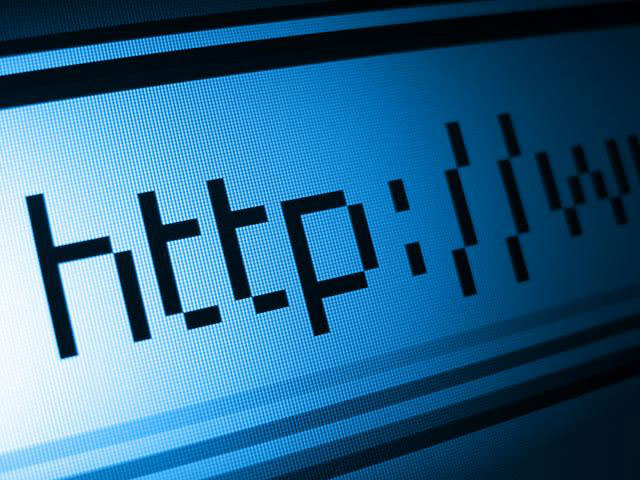14 Countries Top U.S. in Broadband Penetration

A round of national soul-searching—including a Senate committee hearing—recently erupted after the news came down from the Organization for Economic Cooperation and Development (OECD) that the United States had slipped in terms of broadband penetration.
Again.
The United States was in fourth place in broadband use per capita in 2001 among the 30 industrialized nations who make up the OECD. By the middle of last year the States had fallen to 12th. And the latest report saw the country fall another three rungs, to 15th.
With 19.6 broadband connections per 100 people, America trails Denmark (the leader with 31.9 per 100), Holland, Iceland, Korea, Switzerland, Norway, Finland, Sweden, Canada, Belgium, England, Luxemburg, France, and Japan.
The United States remains ahead of Australia (19.2 connections per 100), Austria, Germany, Spain, Italy, New Zealand, Portugal, Ireland, Hungary, the Czech Republic, Poland, the Slovak Republic, Greece, Turkey, and finally Mexico, which had 3.5 connections per 100.
At a subsequent Senate Commerce Committee hearing that addressed the issue, pundits who did not blame their favorite form of national decay pointed instead to geography. They argued that the countries that top the United States are small and densely populated, making wiring an easy chore. (In the process they overlooked ninth-place Canada, which had 23.8 connections per 100 despite being thinly settled.)
"Geography is not an issue," Stephan Beckert, research director at TeleGeography Inc., a market research firm based in Washington, DC, told LiveScience. If it were, cities along the U.S. East Coast would share the conditions found in Europe, since the population densities are about the same, he explained.
Sign up for the Live Science daily newsletter now
Get the world’s most fascinating discoveries delivered straight to your inbox.
Instead, the issue may involve the wallets of American non-users, who don't want to get gouged.
"Broadband service in the U.S. tends to be more expensive, since there is more competition in Europe," Beckert explained. "American consumers rarely have access to more than two providers, whereas in Europe there are plenty of providers using unbundled copper loops."
That means third parties lease the copper wire running to the user's home from the incumbent phone company at a low rate set by the government, add interface hardware, and use it to run DSL, he explained. Outside England, Holland, and parts of Germany, broadband means DSL, as cable TV modems are rarely seen, he added.
In Germany, for instance, the Deutsch Telecom list price for a DSL line running 6 megabits per second downstream and 576 kilobits upstream is just $6.21 per month, although the user is limited to 30 hours monthly. An unlimited connection at that speed runs $37.58 monthly. That's closer to the $44.95 average price of a Time-Warner RoadRunner cable modem account in the United States, with nearly the same speed.
Beckert noted that, in America, Verizon charges $29.99 for a DSL connection running at 1.5 megabits downstream and 384 kilobits upstream. And that's about what you'd pay for a DSL line in South Korea—except it would be several times faster (4 megabits upstream, 640 kilobits download.)
In fact, according to TeleGeography's figures, you can't get DSL as slow as Verizon's in South Korea.
In France you can get it that slow—but you can also get 20-megabit DSL for as little as $18.63 per month.
As for why there is less competition in the States, Beckert said he had no theory that he was confident in—but he noted that during the 1990s various firms had tried offering DSL over unbundled copper loops, using regulated line-leasing rates that then existed. The market wasn't ready, a lot of money was lost, and there's been no similar effort since, he said.
- Broadband's Powerful Future
- High-Speed Internet Use Rises 34 Percent
- Men and Women Use the Internet Differently, Study Shows









